Périgord – Day 10 – Cro-Magnon Cave Day
Wednesday, 28-May-2025
Tags: Travel
From the National Museum of Prehistory in Les Eyzies about the Vézère Valley: "The decorated caves and the prehistoric sites of the Dordogne are exceptional sites making up a more than 400,000-year-old testimony of the human occupation of Périgord." There are sites that were occupied by the Neanderthals, covering a period from 55,000 to 42,000 years BCE. There are sites with cave art of the Cro-Magnons, both engravings and paintings, covering a period from 24,000 to 14,000 BCE. The polychrome paintings were created using mineral colorants – manganese, yellow ochre, red ochre, and white clay – and thus lasted for thousands of years.
Today we were going to Lascaux II and Lascaux IV, facsimiles of the Lascaux cave, and the actual Rouffignac cave.
The Lascaux cave was discovered in 1940 by a young mechanic named Marcel Ravidat. With three friends, they explored the cave and found it covered in paintings. After informing his teacher, several prehistorians were called in. Below is a picture with Marcel second from the left. The cave was made accessible to the public in 1948. By 1963, the cave was showing rapid signs of deterioration from the commercialization of the space, with problems of mold and fungus, and was closed to the public. Lascaux II, a partial replica of the cave was opened in 1983, and Lascaux IV, a complete replica of the cave plus a museum was opened in 2016. Why the Cro-Magnons crawled into these limestone caves that they did not live in and created this art has many theories but no answers.
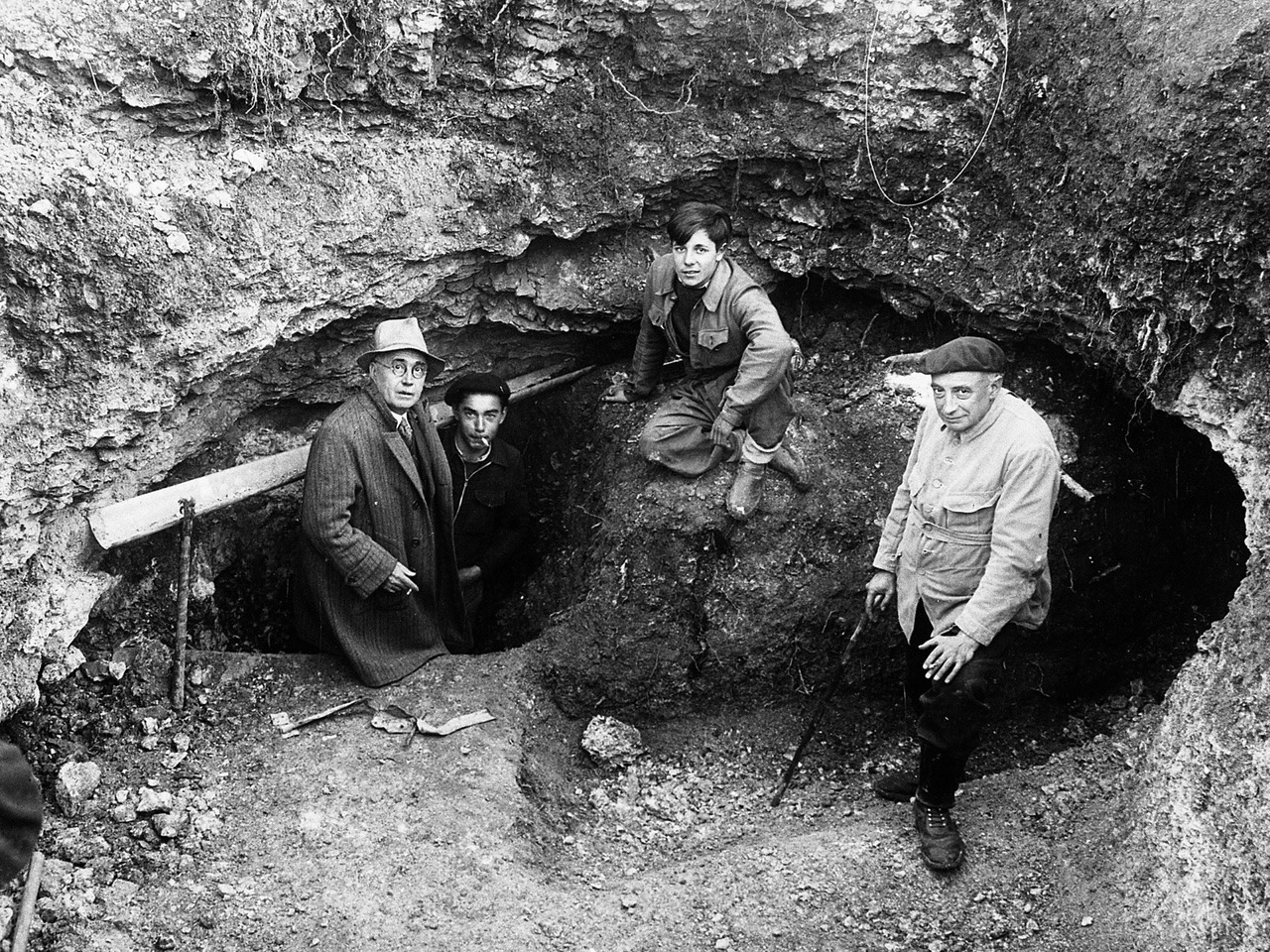
We went to Lascaux IV first in the morning. We took an tour in English through the cave, followed by a visit to the museum. No photos were allowed during the tour, perhaps in part to keep the tour moving, but there were faithful replicas of various paintings in the museum itself. The cave features many paintings of horses and bison, and strangely enough, not reindeer, their main source of meat.
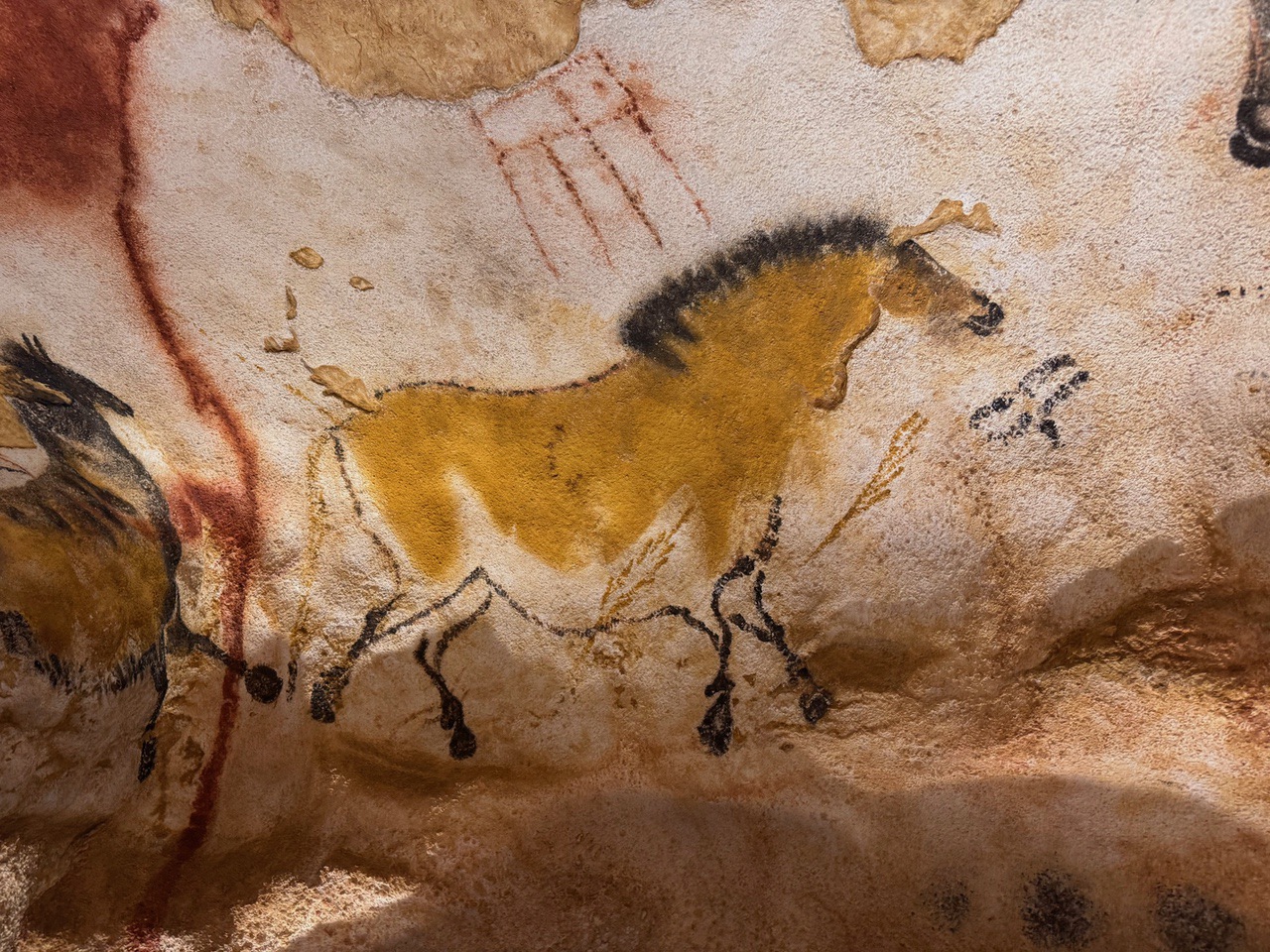
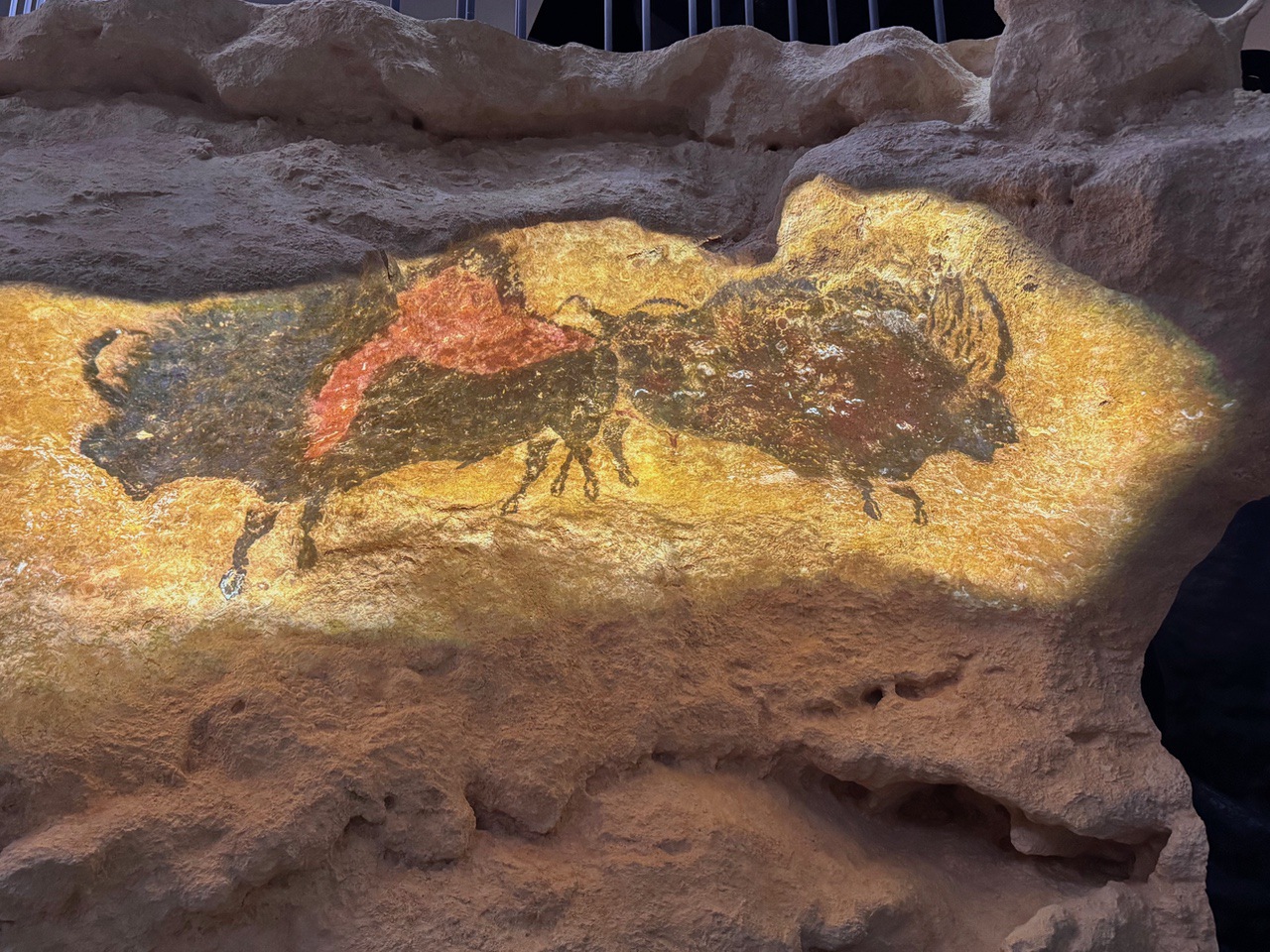
Map of the cave and the minerals used to create the polychrome paintings. Note that the paintings in the replica caves were done with the same materials!
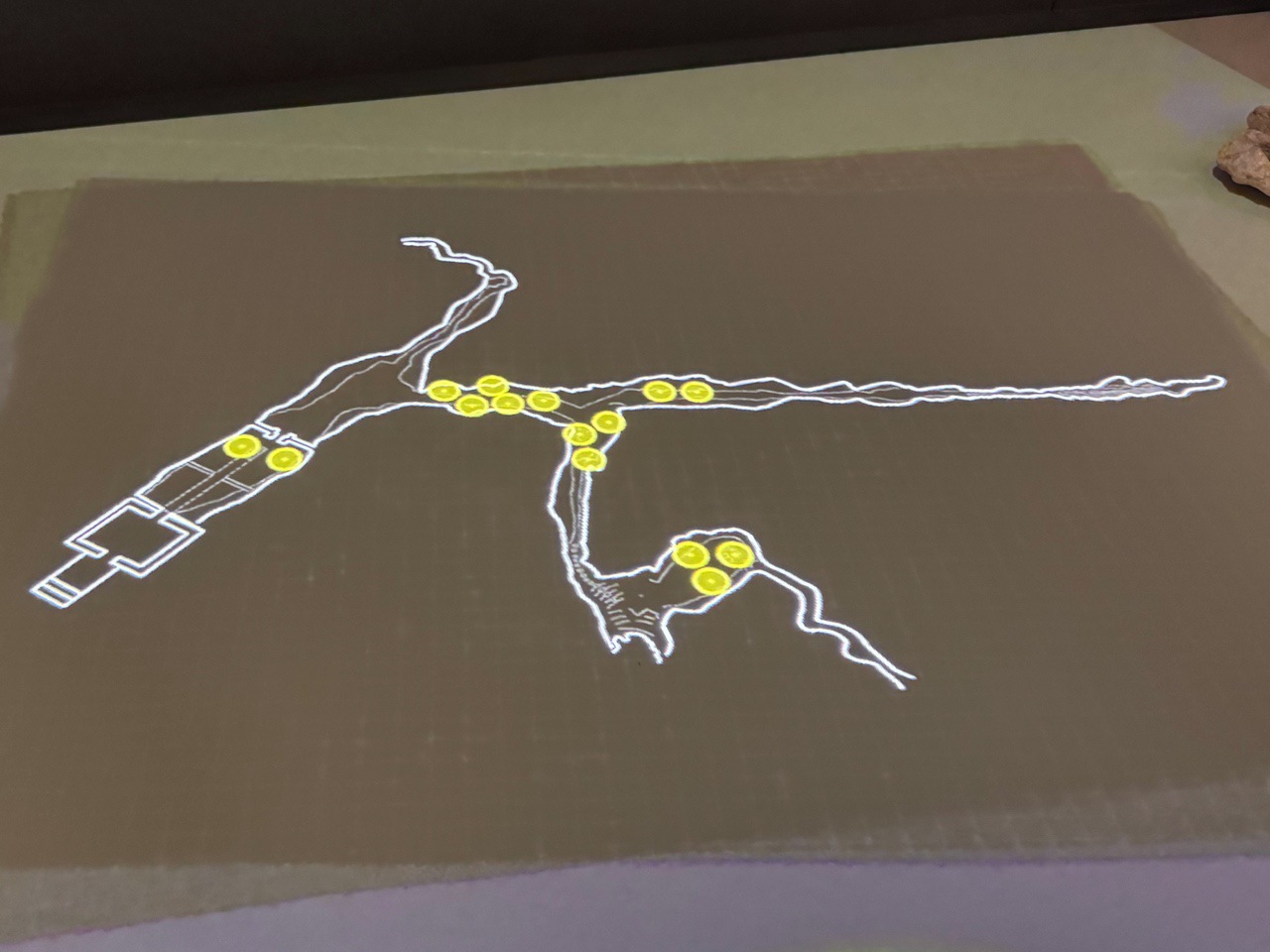
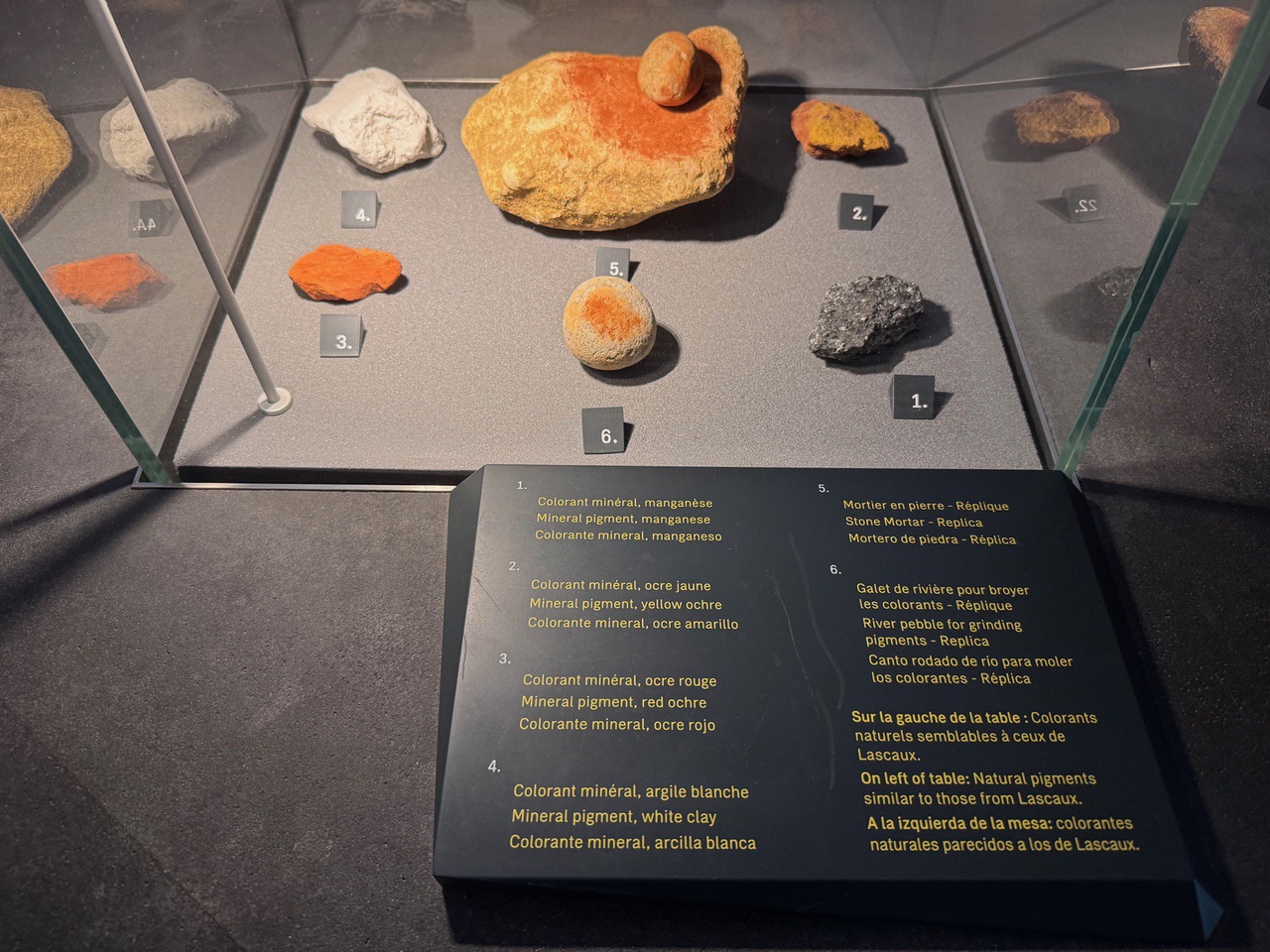
Our tour for Lascaux II was at 1:30 pm, so we drove the 1.3 miles to the pretty village of Montignac to walk around the town and eat another picnic lunch.

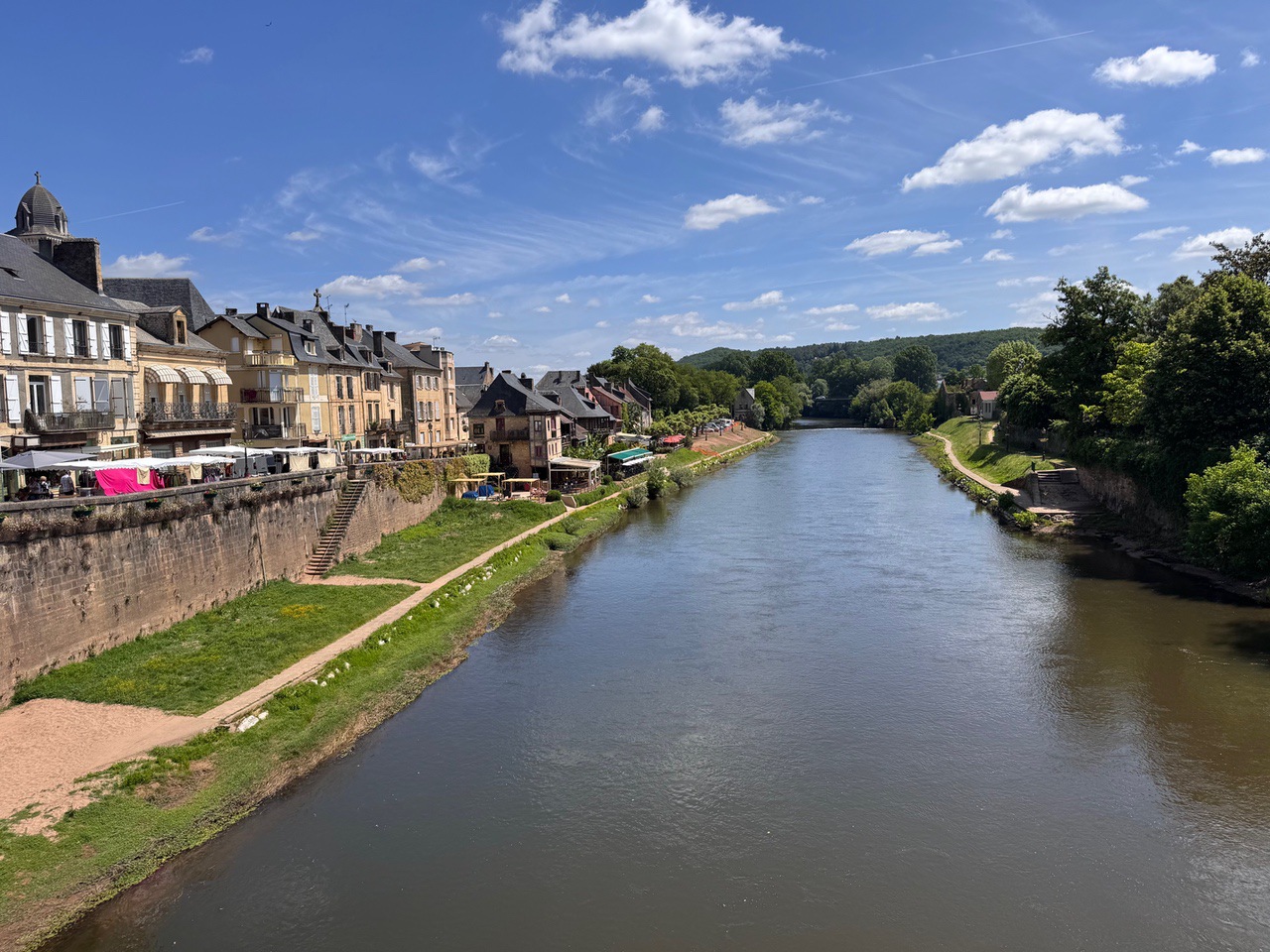
After lunch we headed to Lascaux II, which had some picnic areas, teaching shelters, and outdoor displays, but no museum. We took the tour in English, and found it complemented the Lascaux IV tour in that we walked more slowly and spent more time learning about what we were seeing. We would recommend both tours as a pair.
We still had one more tour in late afternoon, not too far from Les Eyzies, so we headed back to relax a while. Then we went for our English tour of the Rouffignac cave, which featured engravings of mammoths as well as other animals, and is now visited by riding a cute little train. The engravings were authenticated in 1958 and opened to the public in 1959 as a prehistoric site. Unfortunately there is graffiti as well as engravings, as people had visited the cave for many years before its authentication. Once again, no photos were allowed, but there were some replicas at the end of the ride.

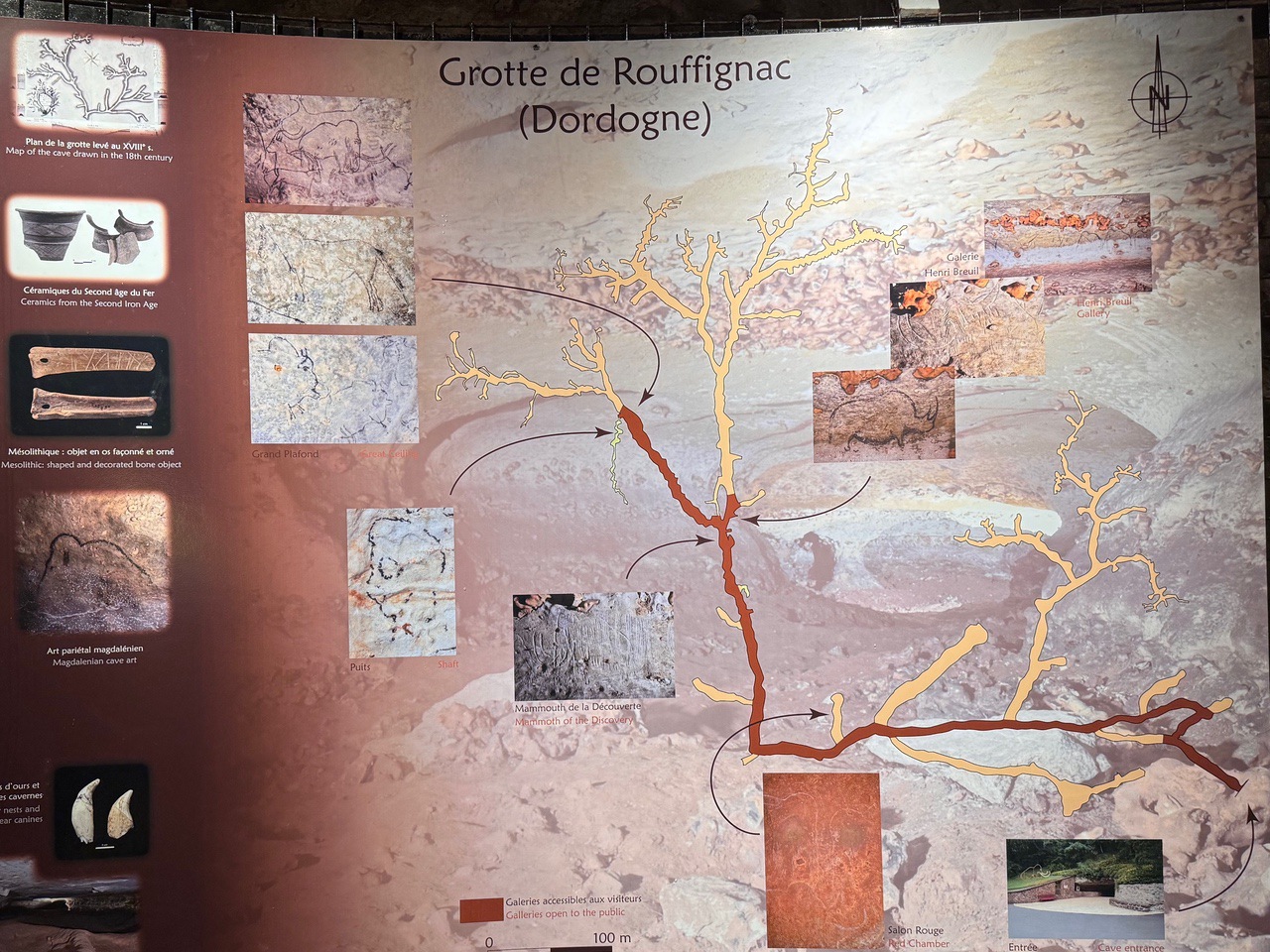
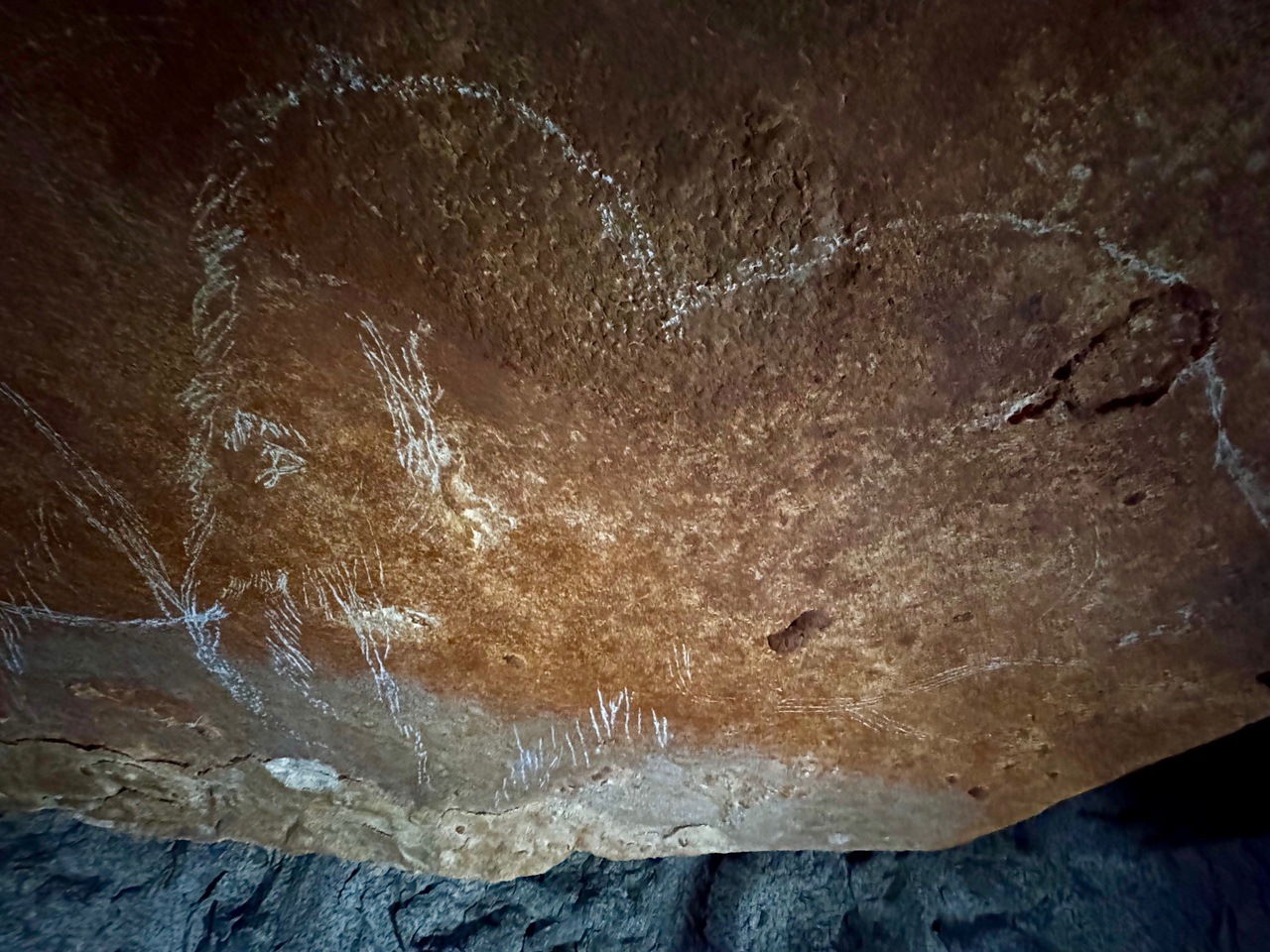
Back to our hotel, we relaxed outside our room and drank some wine. We walked into town looking for someplace interesting for dinner. We ended up at Le Syana, where Larry had a seafood salad and Eileen had cassoulet with a duck leg.
Links:
Other posts that refer to this post:
--
Larry and Eileen Samberg











